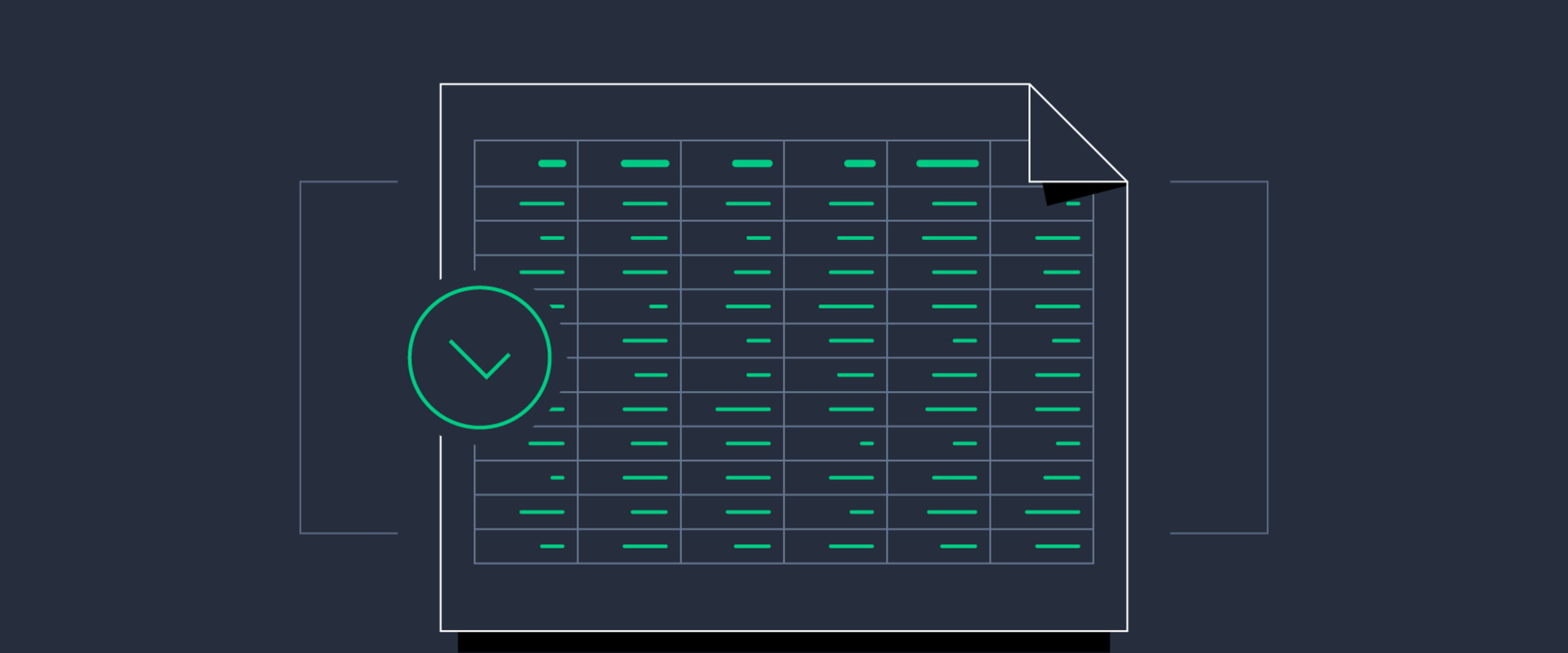Auditing financial statements is an important part of ensuring the accuracy and integrity of financial records. Without proper auditing, organizations may be subject to inaccuracies that can lead to legal and financial repercussions. In order to ensure that all financial statements are accurate, organizations must adhere to best practices for financial statement auditing. This article provides an overview of the best practices for financial statement auditing, including key principles and processes, as well as the importance of following these best practices.
Common Challenges During Financial Statement Audits
Financial statement audits can be complex, and the process can present a number of challenges.Time constraints are often an issue, as financial statement audits must be completed within a certain timeframe. This can mean that auditors have to work quickly and efficiently to get the job done. Limited resources may also be an issue, as auditors may not have access to all the information they need to complete the audit. Additionally, auditors may lack the knowledge and expertise required to properly assess the financial statements.
To address these challenges, it is important for auditors to have a thorough understanding of the process and any relevant regulations or standards. This will help them to accurately identify any potential issues and ensure compliance with applicable laws and regulations. Additionally, they should make sure that they have access to all the information they need to complete the audit, such as financial documents, contracts, and other records. Finally, they should have access to expert guidance when needed, so that they can quickly resolve any issues that arise during the audit.
Types of Audits
Compliance AuditsCompliance audits are the most common type of audit.They are performed to ensure that a business is following the laws, regulations, and standards that are applicable to its industry. A compliance audit looks at the policies, procedures, and processes of a company to determine if they are in compliance with the applicable requirements. The auditor will also look at the company’s internal control system to ensure it is adequate and effective.
Operational Audits
Operational audits are conducted to evaluate the efficiency and effectiveness of a business’s operations. An operational audit looks at the day-to-day activities of a company, such as its processes, procedures, and systems.It also examines the internal control systems that are in place to ensure that the operations are functioning as intended.
Forensic Audits
Forensic audits are a type of audit that is used to investigate potential fraud or other financial misconduct. A forensic audit looks for irregularities in financial records and other evidence that may indicate fraud or other illegal activities. It also looks at accounting records to identify discrepancies or anomalies that could indicate financial misconduct.Evaluating Audit Results
Once the audit is complete, it is important to evaluate the results and take corrective action if necessary. The auditor must assess the overall accuracy of the financial statements and look for areas where additional information is needed or changes should be made.This evaluation should be done with an understanding of the accounting principles and standards applicable to the audit. It should also take into account any potential risks that may have been identified during the audit. The auditor should review any management letters that have been issued to the company and make sure that the recommendations are being implemented. If there are areas of concern, the auditor should discuss them with management and work to identify corrective action.
In some cases, it may be necessary to modify the financial statements to accurately reflect the company’s financial position. The auditor should also review any internal control findings and ensure that they are being addressed. In addition, the auditor should consider any financial statement fraud risks that were identified during the audit and develop an appropriate plan of action to address them. Finally, it is important for the auditor to document the audit results and provide an opinion on the fairness and accuracy of the financial statements.
Auditor Roles and Responsibilities
The auditor’s role in financial statement auditing is to provide an independent opinion on the accuracy and reliability of the company’s financial statements.The auditor must ensure that the financial statements are prepared in accordance with Generally Accepted Accounting Principles (GAAP) and other applicable laws and regulations. This means the auditor must assess the company’s internal controls and accounting systems, inspect documents and records, and verify transactions. The auditor is responsible for identifying any errors or discrepancies in the financial statements and providing a written report on the findings. The auditor is also responsible for ensuring that the financial statements are presented fairly, without any material misstatement or omissions. The auditor will review the management’s assessment of the going concern assumption, assess the adequacy of disclosure, and review any changes in accounting principles.
It is important to note that the auditor is not responsible for providing assurance on management’s decisions or estimates. The ultimate goal of the auditor is to provide an opinion on whether the financial statements present fairly, in all material respects, the company’s financial position, results of operations, and cash flows in accordance with GAAP. If the auditor is unable to provide a “clean opinion”, they must disclose any material misstatements or omissions that may have occurred.
Using Technology for Financial Statement Audits
Technology can be a great asset in the financial statement audit process. Auditors can use various tools to streamline the audit process and improve accuracy, such as data extraction tools, automated analytical procedures, audit management software, and continuous auditing tools.Data extraction tools allow auditors to quickly extract data from the client’s financial statements into a database. This data can then be used to create reports and analyze trends. Automated analytical procedures use specialized software to analyze financial data and identify anomalies. This can help detect potential fraud or errors in the financial statements.
Audit management software helps auditors manage their workflow more efficiently, by tracking deadlines, tasks, and progress. Continuous auditing tools enable auditors to monitor transactions in real-time and detect errors or irregularities quickly. In addition to using technology to streamline the audit process, technology can also be used to improve accuracy. Data extraction tools can reduce the risk of errors by ensuring that data is accurately extracted from the financial statements.
Automated analytical procedures can help identify errors and fraud that may not be easily detected by manual analysis. Audit management software can help ensure that all tasks are completed on time and that deadlines are met. Finally, continuous auditing tools can help detect errors or irregularities in real-time, reducing the risk of incorrect or incomplete financial statements.
Steps in a Financial Statement Audit
Planning - The planning phase of a financial statement audit is the most important as it sets the scope, timeline, and objectives of the audit. During this phase, the auditor will review the company’s financial records and assess potential risks associated with the audit.Once the risks have been identified, the auditor will develop a plan to address them. This plan should include specific procedures to be followed in order to ensure accuracy and compliance with generally accepted accounting principles (GAAP).
Risk Assessment
- During the risk assessment phase, the auditor will assess the likelihood of misstatements occurring in the financial statements. This assessment is based on an understanding of the company’s internal control environment, as well as any external factors that could affect the accuracy of the financial statements. The auditor will then develop a risk management plan to address any identified risks.Evidence Gathering
- During the evidence gathering phase, the auditor will review documents such as contracts, invoices, bank statements, and financial records.The auditor may also perform physical inspections or analyze statistical data. All evidence gathered must be documented and tested for accuracy and completeness.
Reporting
- Once all evidence has been gathered and tested, the auditor will provide an opinion as to whether or not the financial statements are in accordance with GAAP. The opinion will be presented in a formal report that outlines any findings and provides recommendations for improvement, if necessary.Best Practices for Financial Statement Auditing
Best Practices for Financial Statement AuditingFinancial statement auditing is an important process that allows businesses to ensure accuracy and compliance in their financial statements. The best practices for financial statement auditing include:1.Establishing an audit strategy: Organizations should develop an audit strategy that aligns with the organization’s goals and objectives, which may include conducting risk assessments, gathering relevant data, and establishing criteria for evaluating the financial information.2.Assessing internal controls: Internal controls should be evaluated to ensure that they are adequate to detect and prevent errors and fraud.Internal controls should also be reviewed to ensure that they are being implemented effectively.3.Performing detailed testing: Detailed testing should be conducted to ensure accuracy of the financial information being reported. This may include reviewing source documents, such as invoices and receipts, as well as testing for accuracy of data entry.4.Evaluating management responses: Management responses should be evaluated when discrepancies or irregularities are identified during the audit process. Management should provide clear explanations and corrective actions to address any issues identified.5.Documenting findings: All findings should be documented in accordance with the applicable standards and regulations. This includes recording the audit objectives, results of testing, conclusions, and management responses. These best practices for financial statement auditing help organizations ensure accuracy and compliance with applicable standards and regulations.
Following these best practices helps organizations provide assurance that their financial statements are an accurate representation of their financial position. Financial statement auditing is an essential part of any business, as it provides assurance that a company's financial statements provide an accurate representation of its financial position. To ensure accuracy and compliance, businesses should follow best practices for financial statement auditing, including documenting processes and procedures, adhering to professional standards, utilizing independent reviews, establishing internal control systems, understanding auditor roles and responsibilities, following each step in the audit process, addressing common challenges during an audit, evaluating audit results, and using technology to streamline the process.







